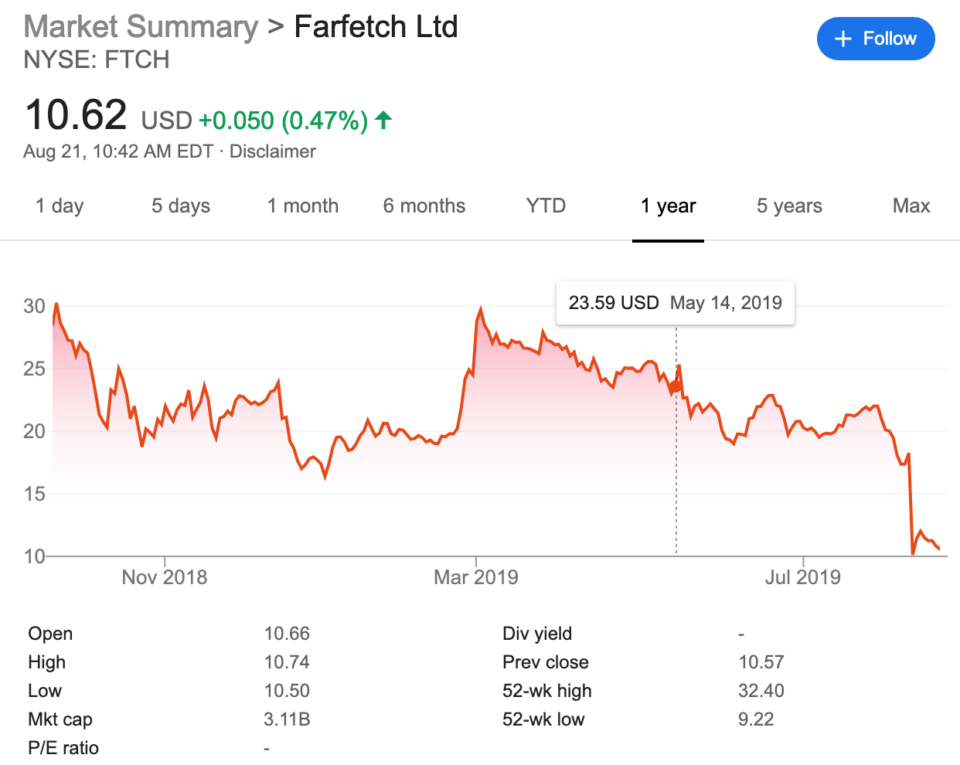Paris, France – “Dries, now there is a real designer,” sighed my AirBnB landlord, after expressing his frustration about working for a major, and majorly uninspiring Parisian house. Indeed, he is and he proved it yet again with another sublime show. Each seat had a red rose on it with handwritten “DVN” X some other initials, which I only understood were that of Christian Lacroix, the legendary Parisian designer whose label has been defunct for some time and whom Van Noten brought on to collaborate for this collection. This was a “collab” in the Van Noten vein – a sign of mutual respect that did not stink of a money grab like many collaborations do. It was soulful, not cynical. And the clothes were sublime, with faint military influences on some pieces and with couture-like shapes on others that had Lacroix’s signature on them. Of course there were explosion of flowers, color, and couture-like embroidery. When Dries Van Noten brought Lacroix for the final bow it was a fashion moment fo sure. This was a longing for an idealized past of the kind I can get behind – bringing out people to refresh our collective fashion amnesia. Which made me think that we are not exactly forgetful – we do remember the greats… when we are reminded of their existence.










